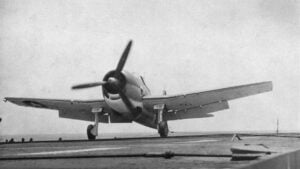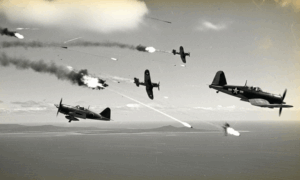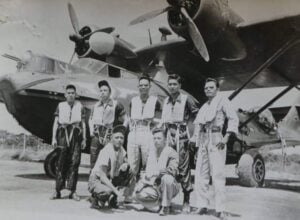Why an F-22 Raptor Would Fail in WWII – But Not for the Reason You Expect
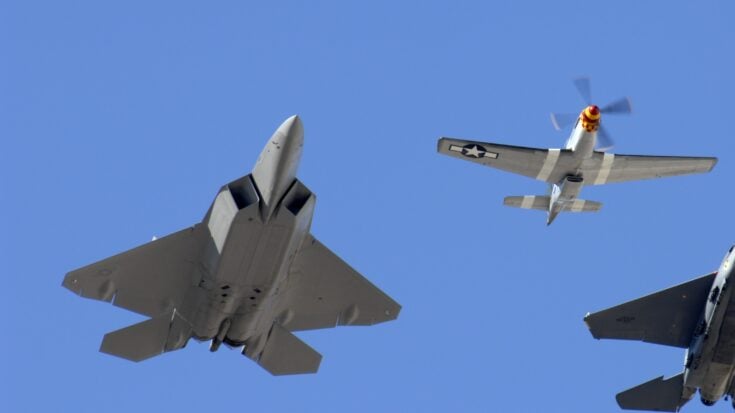
U.S. Air Force Photo/Senior Airman Larry E. Reid Jr., Released, Public domain, via Wikimedia Commons
A Different Kind of Dogfight
On August 1, 1943, the sky above Romania thundered with the sound of 177 American B-24 Liberators flying low and fast toward the Ploiești oil refineries — one of the most important fuel sources for Germany during the war. The raid, codenamed Operation Tidal Wave, aimed to cripple these refineries and choke the enemy’s war engine. But as the bombers approached, they faced a deadly wall of anti-aircraft fire. Hundreds of guns filled the air with explosions, and waves of German and Romanian fighters joined the defense. By the end of the day, dozens of bombers were gone, and hundreds of airmen were dead or captured.
Now imagine changing just one thing. Instead of those slow, vulnerable bombers, picture a single aircraft leading the attack — not from 1943, but from the 21st century. A Lockheed Martin F-22 Raptor, one of the most advanced stealth fighters ever built, crosses the sky like a ghost from the future. The question is, how would it perform in one of the most dangerous airspaces of the Second World War?

A Ghost in the 1943 Sky
The F-22 Raptor was built to be invisible. Its radar-absorbing materials and sharp-edged design would make it completely unseen to the crude radar systems used in 1943. German early-warning devices like the Würzburg and Freya could barely track bombers at high altitude, so a stealth jet would be practically undetectable. The Raptor cruises faster than the speed of sound — about 1.5 times Mach — while the best German fighter of the time, the Messerschmitt Bf 109, struggled to reach even 400 miles per hour.
Its sensors and radar could map out entire defensive grids from more than a hundred miles away. It could jam communication lines, blind enemy radar, and pick off any fighter long before being spotted. Dropping an F-22 into World War II would be like setting a space-age machine into a world still running on propellers and analog dials. Against the defenses around Ploiești — one of the densest networks of anti-aircraft guns on Earth — the Raptor would move untouched through the chaos, its speed and stealth making it almost untouchable.
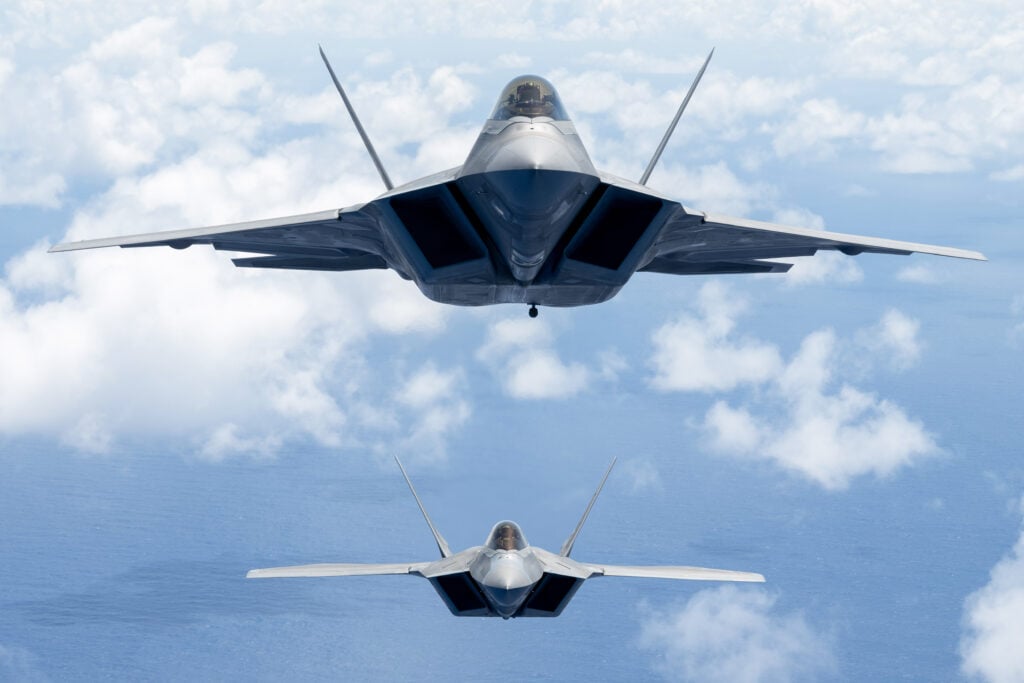
A Short, Brutal Victory
In this imagined mission, the F-22 crosses into Romanian airspace unseen at 50,000 feet. Within minutes, its sensors identify every gun position, radar dish, and airfield. A pair of precision-guided bombs drop silently from its bay, striking key targets — the main radar site and the central command bunker. The defense network is left blind and confused. When the German fighters scramble to intercept, they never even see their attacker. Within seconds, two air-to-air missiles destroy them before they realize they’re in combat.
The F-22 dives to low altitude, shattering the sound barrier as it passes over the flak batteries. Its 20mm cannon makes quick work of exposed positions. Explosions ripple across the ground, and for the first time, the sky over Ploiești falls silent. When the B-24s finally arrive, they face scattered fire and confusion rather than the coordinated storm of flak that once greeted them. Hundreds of lives are saved that morning, and the mission, at least for the moment, looks like a success.

The Raptor’s Hidden Weakness
But victory would not last long. The F-22’s greatest strength — its complexity — is also its downfall in the 1940s. It runs on a modern type of jet fuel that simply didn’t exist in World War II. The Allies used aviation gasoline for piston engines, which would melt the Raptor’s turbines instantly. It also burns through fuel at an incredible rate, meaning it couldn’t stay in the air for long without modern refueling support.
And once it lands, the problems only grow. The rough dirt runways of 1943 would destroy its delicate landing gear. Its maintenance systems require specialized computers, diagnostic tools, and technicians trained decades into the future. The stealth coating would peel and degrade without modern care. Within hours or days, the most advanced fighter ever built would be reduced to a grounded, mysterious machine — a glimpse of technology no one could repair or even power back on.

A Miracle That Couldn’t Change the War
Even if the Raptor had saved hundreds of bombers and destroyed Ploiești’s defenses, the war itself would continue. German engineers were experts at rebuilding. Within weeks, the refineries would be repaired and running again. Meanwhile, the stranded F-22 would sit quietly on a Libyan airstrip as stunned mechanics studied it, unable to even find the start switch.
The Raptor would have proven something remarkable: that a single, advanced machine could dominate any battle for a brief moment. But without the vast network of factories, fuel, and logistics that supports it, even the most powerful aircraft is helpless. The sky might belong to the Raptor for one morning — but the war would still belong to those who could build, repair, and endure.
















